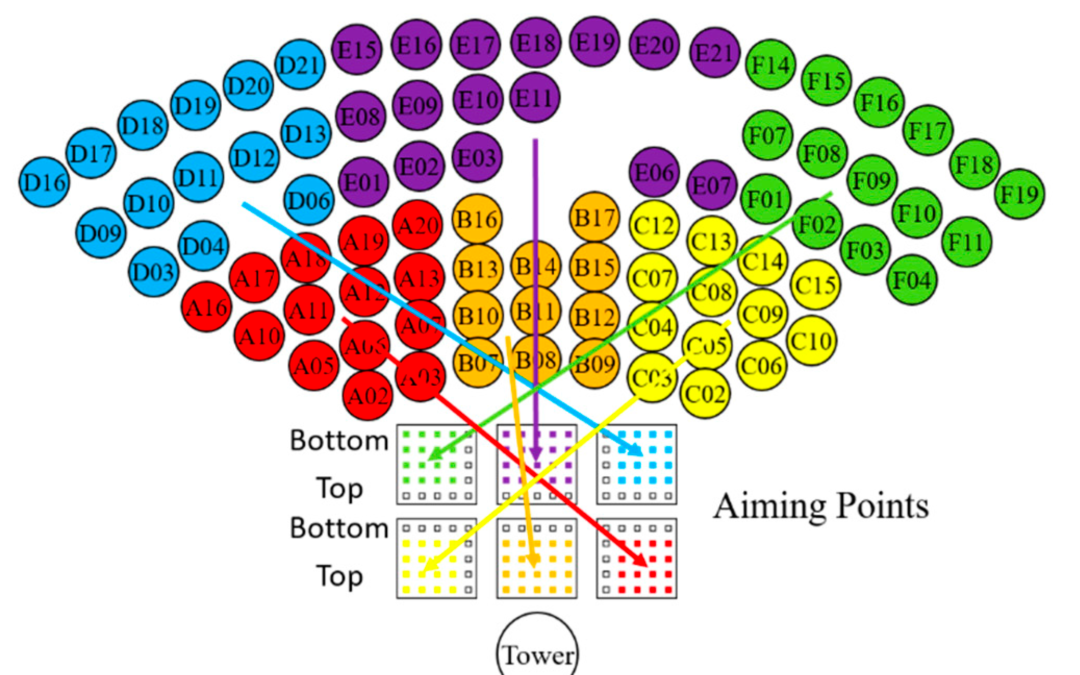CNRS-PROMES published a scientific publication about Next-CSP entitled “Aiming Strategy on a Prototype-Scale Solar Receiver: Coupling of Tabu Search, Ray-Tracing and Thermal Models” in the Special Issue “Advances in Solar Thermal Energy” of the Sustainability journal. The paper was published on 1 April 2021.
Abstract
An aiming point strategy applied to a prototype-scale power tower is analyzed in this paper to define the operation conditions and to preserve the lifetime of the solar receiver developed in the framework of the Next-commercial solar power (CSP) H2020 project. This innovative solar receiver involves the fluidized particle-in-tube concept. The aiming solution is compared to the case without the aiming strategy. Due to the complex tubular geometry of the receiver, results of the Tabu search for the aiming point strategy are combined with a ray-tracing software, and these results are then coupled with a simplified thermal model of the receiver to evaluate its performance. Daily and hourly aiming strategies are compared, and different objective normalized flux distributions are applied to quantify their influence on the receiver wall temperature distribution, thermal efficiency and particle outlet temperature. A gradual increase in the solar incident power on the receiver is analyzed in order to keep a uniform outlet particle temperature during the start-up. Results show that a tradeoff must be respected between wall temperature and particle outlet temperature.
References
Authors: Benjamin Grange and Gilles Flamant – CNRS-PROMES
Published in: Sustainability 2021, 13(7), 3920

